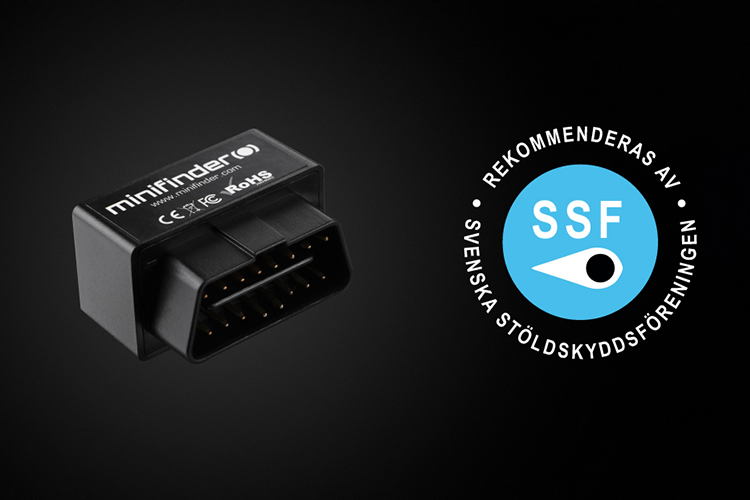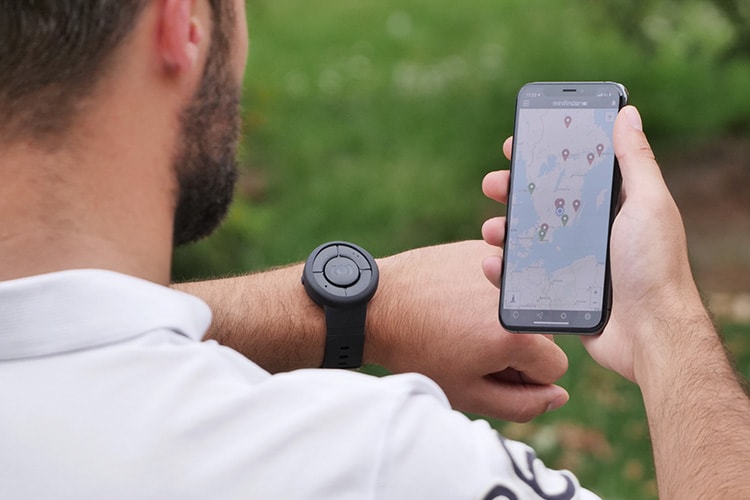Jan 04, 2024
Chipping your dog is an important part of responsible pet ownership. A dog microchip is a small device that can make a big difference in the event that your dog gets lost. By providing your dog with a microchip, you increase the chance of being reunited should they go missing. Here's everything you need to know about chipping your dog.
What is a dog microchip?
A microchip for dogs is a small electronic device that acts as an ID tag for your dog, and is about the size of a grain of rice. It is usually placed under the dog's skin, usually between the shoulder blades. Each chip has a unique ID number that is registered in the national dog register at the Swedish Agency for Agriculture. If your dog is lost and then found, the chip can be scanned at a vet, animal hospital or in some kennels. Through your dog's chip number, they can then contact you as the owner. However, the microchip does not contain any GPS technology and therefore cannot be used to track your dog's movements in real time.
How does it work?
The microchip works through radio frequency technology. Each chip is equipped with a passive RFID (Radio-Frequency Identification) tag. This means that the chip does not need its own battery or power source. When an RFID scanner is passed over the area where the chip is implanted, the scanner emits a low-level radio wave. The radio wave activates the chip, which sends its unique code back to the scanner. This code can then be used to find information about the dog and its owner in a registry.
How do you go about chipping a dog?
The process of chipping a dog is quick and relatively simple. First, a routine check is made to ensure that the dog does not already have a chip. If the dog is not chipped, a special injection needle is used to place the microchip under the dog's skin. This is usually done between the shoulder blades. The procedure should be performed by a veterinarian and takes only a few seconds. After the chip is in place, a test scan is made to ensure that it works and it is registered together with your contact details with the Swedish Board of Agriculture.
You can also register the dog yourself with the Swedish Kennel Club's owner register. This is optional, but makes the chip searchable on Europnet - a security for those of you who travel abroad a lot with your pet - perhaps you enjoy going on trips abroad to walk your dog?
Does the implantation hurt?
Implantation of a microchip is comparable to a regular vaccination and is considered low-risk with minimal discomfort for the dog. It may feel like a quick pinch, but the pain usually passes quickly. Most dogs do not react more to the chipping than to a standard vaccination. After implantation, there are usually no long-term side effects.
What does it cost?
Generally speaking, the cost of chipping a dog in Sweden is usually between 300 and 800 kroner. The price usually includes both the chip itself and the cost of implanting it. The price may vary depending on factors such as the veterinary clinic you choose and your geographic location. Remember that there may be a charge for registering the chip in the National Dog Registry.
For an accurate estimate, it is recommended to contact local veterinary clinics for their specific pricing information.
Can I track my dog with a microchip?
A common misunderstanding is that microchips can be used to track a dog's movements in real time, similar to a GPS. However, this is not the case. The microchip works as a system of identification rather than a tracking system. This means that the chip is not actively sending out any signal that can be tracked. Instead, microchips are used to identify a dog and its owner should the dog get lost and then found. To actively track your dog's movements, a separate GPS tracker is needed.
Track using GPS
To be able to actively track where your dog is, you need a dog GPS. These devices are usually attached to the dog's collar and use satellite technology to continuously track the dog's position. With our GPS tracker for pets, you also get additional features such as activity monitoring, geofencing and unlimited range. Thanks to GPS technology, you can monitor the dog's position in real time with tracking notes via our smartphone app or web platform.
Do I have to chip the dog?
In Sweden, there is a law on ID marking of dogs to increase the chances of reuniting lost pets with their owners. We will take a closer look at what applies in Sweden and what applies when traveling to other EU countries.
Swedish legislation
In Sweden, it is a law that all dogs must be registered and marked with an ID number, which is usually done through a microchip or with a tattoo in the ear. This is part of the Swedish Agricultural Agency's rules and aims to improve animal welfare and facilitate the identification of owners of lost dogs. Registration must take place at the latest when the dog is four months old. It is the dog owner's responsibility to ensure that the information in the register is updated, especially in the event of a change of ownership or if the dog dies.
If the dog is acquired when it is older than three months, the dog needs to be ID marked within four weeks.
When traveling to other EU countries
When it comes to traveling with dogs to other EU countries, it is mandatory that the dog is microchipped. This requirement is part of the EU rules on pet passports, which are necessary for traveling within the Union with pets. The microchip must comply with the ISO 11784/11785 standard and be of a readable type. This ensures that the dog's chip can be read by standard chip readers across the EU. In addition to the microchip, the dog must also have a valid pet passport and be vaccinated against rabies.
Tattoo or microchip?
When it comes to dog ID marking, there are two main methods: tattooing and microchipping. Both methods aim to create a permanent identification of the animal, but they have different characteristics and advantages.
A tattoo as a form of identification involves tattooing a unique number on the animal's skin, usually inside the ear. The method has been popular for many years, especially among breeders and in some countries. The advantages of a tattoo include visibility without the need for a special scanner. However, these can fade over time, become indistinct and can be difficult to read on animals with darker fur.
Microchipping, on the other hand, is a more modern technology and involves implanting a small chip under the dog's skin. This chip contains a unique number that can be read with an RFID scanner. The advantages of dog microchips are that they are permanent, cannot fade or change over time and are very difficult to tamper with or remove. In addition, the microchip is linked to a register that can be updated with the owner's current contact information.



